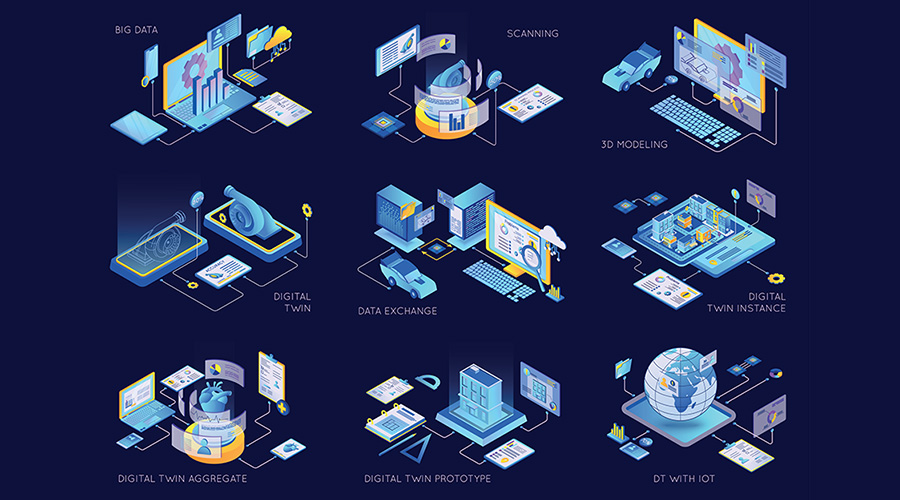Departments Need to Optimize, Upgrade, or Replace CMMS
Once a manager understands the severity of the problems, the next question is whether the situation calls for optimizing, upgrading, or replacing the CMMS. The most important step for managers in this decision is to conduct a CMMS audit to help determine most appropriate action.
The audit process involves two major steps. The first step is to establish a baseline. The second is to compare subsequent audits to that baseline to measure improvements.
The result of the CMMS audit process is a list of features the organization and department need. It also includes features the current CMMS offers — and does not offer. Further analysis will show features the vendor offers in an upgraded version. A summary of this analysis will help determine whether the right move is to optimize, upgrade or replace.
With the pace at which the technology is changing, it is important for managers to audit their CMMS annually. The audit indicates the department's current CMMS requirements, as well as any shortcomings the system has.
Managers need to determine if optimizing or upgrading the system will do enough to meet technicians' current CMMS needs. If not, based on the needs analysis generated by the audit, managers need to determine whether the audit helps makes the case for a system upgrade that will ensure the organization reaps the rewards for years to come.
Kris Bagadia is president of PEAK Industrial Solutions and is a long-time consultant and educator.
Related Topics:













